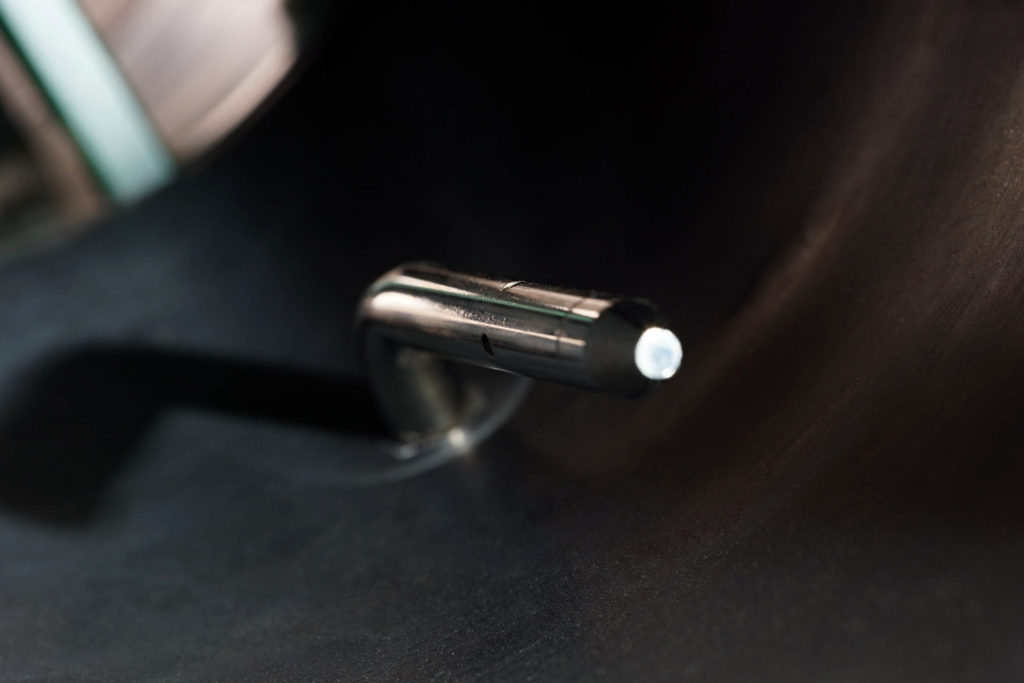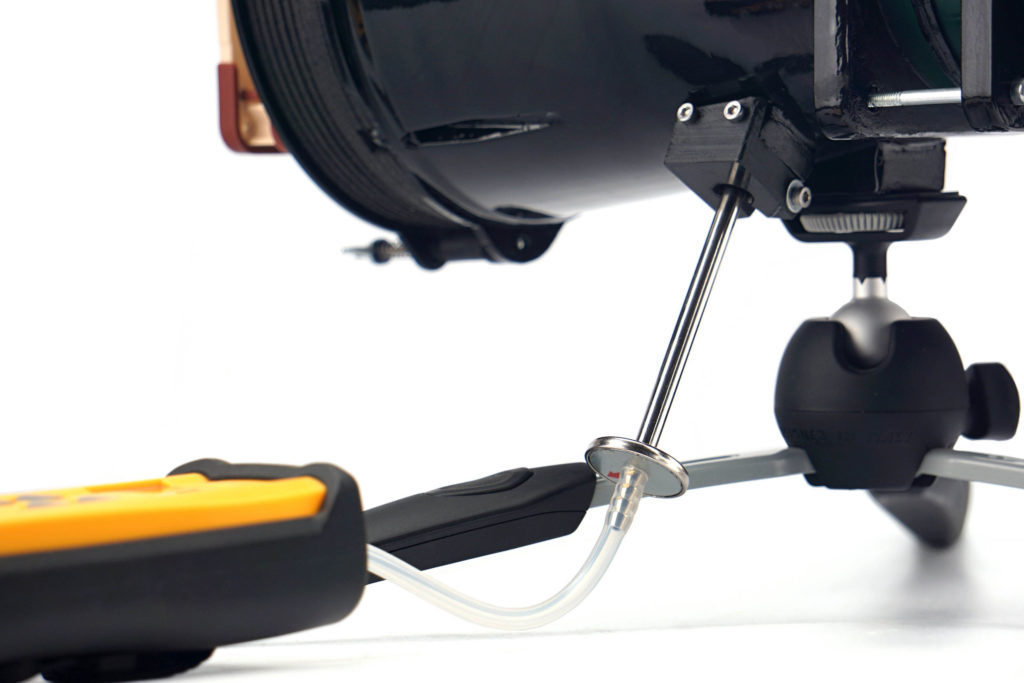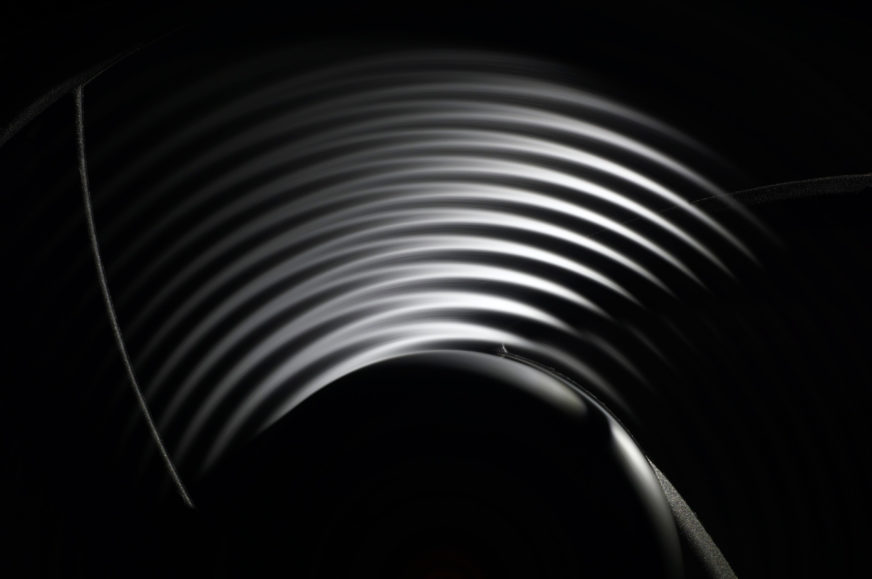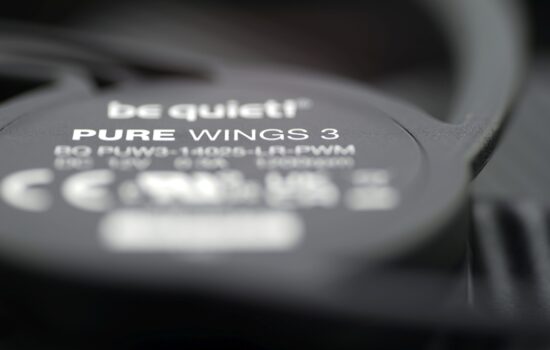Static pressure measurement…
To write that we have something mapped out to the last detail is perhaps too bold, but after proper preparation, few pieces of hardware are as easy to evaluate as fans. Of course, this had to be preceded by long preparations, developing a methodology, but you already know the story. What you don’t know yet is the first fruit, or rather the results of Akasa, SilentiumPC, SilverStone, Xigmatek or more exotic Reeven fans.
Static pressure measurement…
Finally, it is time to move further down the tunnel a bit. Just behind the fan is a static pressure sensing probe. Its position has been chosen with maximum measurement efficiency in mind. In other words, the sensors are placed at the points of highest pressure (although this is virtually the same everywhere in the unconstrained part of the tunnel).
The Fieldpiece ASP2, which is connected to the Fieldpiece SDMN5 manometer, is used to measure the static pressure in the tunnel. The latter also allows measurements in millimetres of water column, but we measure in millibars. This is a more finely resolved base unit for this meter. And only from there we convert the measured values into mm H2O to allow easy comparison with what the manufacturers state.

The difference in cross-section at the intake and exhaust (where the exhaust in this case is considered to be the anemometer) is related to the fact that the pressure increases in the narrowed part and with it the airflow. In order to avoid distortion at this level and to prevent the airflow from being stated as higher than it actually is, the Bernoulli equation must be applied to the measured values to compensate for the difference between the intake and exhaust cross-section (it also takes into account the motor housings). After this, it is again possible to confront our results with the paper parameters.

The greater the difference between the manufacturer’s claimed values and ours, the less the specifications correspond to reality. If the claimed values are significantly higher, it is certainly an intention to artificially give an advantage to the fans on the market. However, if the manufacturer quotes a lower pressure value than we do, it points to something else. Namely, a weaker tightness of the measuring environment. The less tight the tunnel is, the lower the pressure you naturally measure. This is one of the things we tuned for an extremely long time, but in the end we ironed out all the weak spots. Whether it’s the passage for the probe itself, the flanges around the anemometer, even the anemometer frame itself, which is made up of two parts, needed to be sealed in the middle. Finally, the flap at the tunnel outlet must also be perfectly tight. That’s because static pressure has to be measured in zero airflow.

But there is one thing that often lowers the pressure of the fans a bit. And that’s protruding anti-vibration pads in the corners or otherwise protruding corners. In other words, when the fan doesn’t fit perfectly to the mounting frame at the inlet, and there are small gaps around the perimeter, that also affects what you measure. But we have not gone into this because it is already a quality feature of the fan. In the same way, it will “stand out” and perform a bit weaker than it has the potential to do with better workmanship, even after application by the end user.
- Contents
- BeQuiet! Silent Wings 3 (BL066) in detail
- The basis of the methodology, the wind tunnel
- Mounting and vibration measurement
- Initial warm-up and speed recording
- Base 7 equal noise levels…
- .. and sound color (frequency characteristic)
- Static pressure measurement…
- … and airflow
- Everything changes with obstacles
- How we measure power draw and motor power
- Measuring the intensity (and power draw) of lighting
- Results: Speed
- Results: Airlow w/o obstacles
- Results: Airflow through a nylon filter
- Results: Airflow through a plastic filter
- Results: Airflow through a hexagonal grille
- Results: Airflow through a thinner radiator
- Results: Airflow through a thicker radiator
- Results: Static pressure w/o obstacles
- Results: Static pressure through a nylon filter
- Results: Static pressure through a plastic filter
- Results: Static pressure through a hexagonal grille
- Results: Static pressure through a thinner radiator
- Results: Static pressure through a thicker radiator
- Results: Static pressure, efficiency by orientation
- Reality vs. specifications
- Results: Frequency response of sound w/o obstacles
- Results: Frequency response of sound with a dust filter
- Results: Frequency response of sound with a hexagonal grille
- Results: Frequency response of sound with a radiator
- Results: Vibration, in total (3D vector length)
- Results: Vibration, X-axis
- Results: Vibration, Y-axis
- Results: Vibration, Z-axis
- Results: Power draw (and motor power)
- Results: Cooling performance per watt, airflow
- Results: Cooling performance per watt, static pressure
- Airflow per euro
- Static pressure per euro
- Results: Lighting – LED luminance and power draw
- Results: LED to motor power draw ratio
- Evaluation












I have this fan as a part of the Dark Rock Pro 4 cooler – the front one. The inner fan is disabled for now. Unfortunately, I am thinking about replacing it. What’s driving me completely nuts is the fan start that gives a sound resembling powerful rubbing against a rough surface. It’s okay for folks who want to have the fan running constantly and encounter it only during boot but I want to have a fanless idle – 0 noise, no vibrations, extended fan life, and lower power draw. I wish such behavior was stressed in this and other reviews so that one can find safe alternatives for such requirements.
It’s a pity to encounter such an unexpected drawback, as this fan is much quieter than Arctic P12. At 700 RPM, it’s barely audible in my Nanoxia Deep Silence 8 in the night, and below 500 RPM basically inaudible.
What you are describing is happening with several fans. To an excessive degree with the Strix XF120 as well, where we also mentioned it. I have thought about how to measurably grasp those starts in the context of the interpretation of the results so that a simple comparison across fans is possible, but I don’t know yet.. anyway, it will probably be an initial phase with rotor centering, which is accompanied by higher vibrations in addition to the acoustic expression.
Perhaps the evaluation page can be divided into several labelled subsections, one being dedicated to observations like this for example.
My P14 Slim rev.1 does this initially too, but it’s gone now after I have mounted it tight. Perhaps quality control and tolerance also play a role here?
Maybe we are each talking about a slightly different phenomenon. The initial, let’s say start-up sound of Strix XF120 will certainly not be influenced by the strength of the mounting. With this fan, it’s just that it takes some time (be it very short, in the lower units of seconds) to get centered, and the operational sound is probably a bit different after, let’s say, warming up. I would attribute this purely to the influence of the motor and the bearings. In this case, I would not talk about an issue of a single unit in serial production. Sure, within lower manufacturing tolerances some minor differences in behaviour can be present, but if that feature disappeared completely, I assume it would be due to larger, targeted changes in the design, which for example are solved by various revisions. Unfortunately, most manufacturers don’t talk about them, with a few exceptions (Arctic, for example). So sure, a Silent Wings 3 from the early batches may behave differently than the latest pieces from the current sales. And while we’re on the subject of fan differences from piece to piece, we’ll release one unconventional test in September that will be of interest to you. 🙂
I would rather attribute the different sound after tightening the P14 rev. 2 to vibrations and the fact that with a different mounting there may not be such significant resonance frequencies of the case.